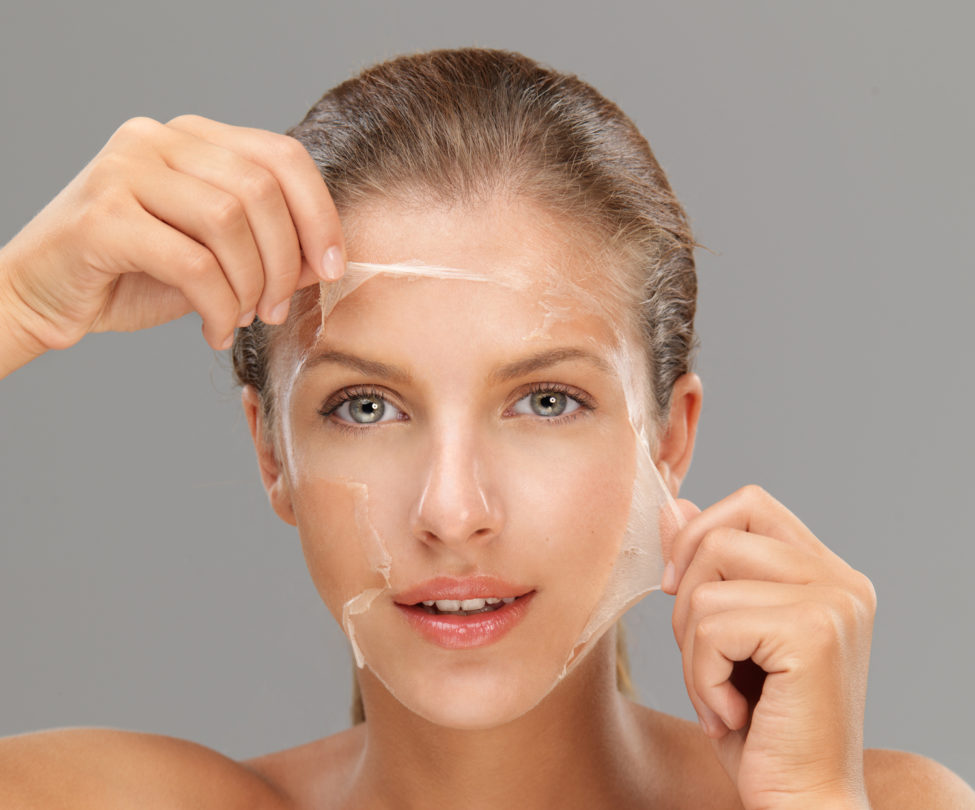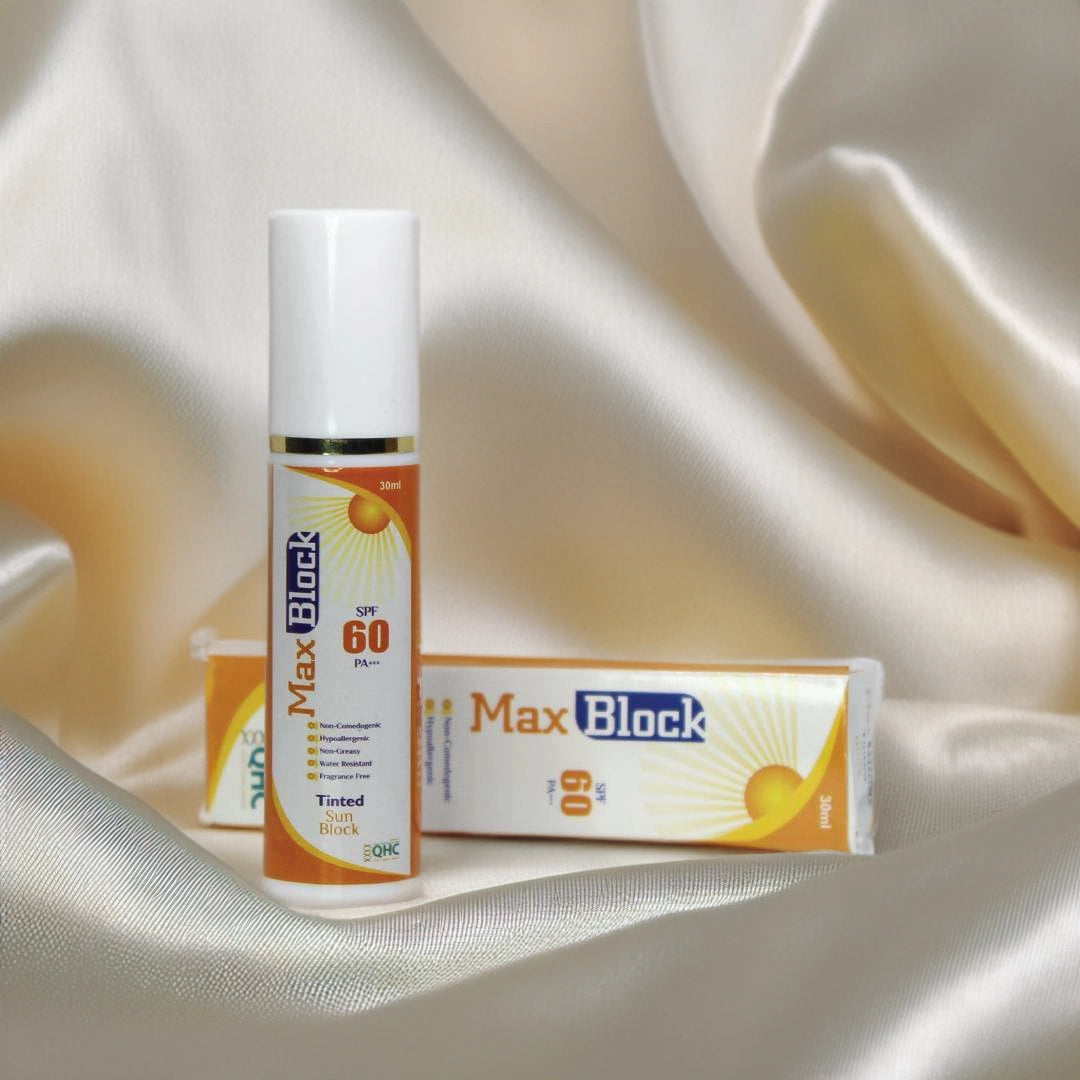Having healthy glowing skin is a common desire for many people. One popular treatment for improving skin texture and tone is a chemical peel. In Pakistan more individuals are turning to chemical peel treatment in pakistan to address various skin concerns. This guide will explain what a chemical peel is, the types available their benefits, the treatment process and aftercare.
What Is a Chemical Peel?
A chemical peel is a skin treatment that uses a chemical solution to exfoliate the skin. This treatment helps to remove the outer layer of dead skin cells, revealing fresher, healthier skin underneath. Chemical peels can improve the appearance of the skin, treat various conditions, and promote a more youthful look.
H3: How Do Chemical Peels Work?
During a chemical peel, a solution is applied to the skin. The solution penetrates the outer layer of the skin, causing it to peel off. As the skin heals, new skin cells form, resulting in a smoother and more even skin texture.
Types of Chemical Peels
There are three main types of chemical peels: superficial, medium, and deep peels. Each type varies in depth and strength.
H3: Superficial Peels
Superficial peels are the mildest type of chemical peel. They use gentle acids, such as alpha-hydroxy acids (AHAs), to exfoliate the outermost layer of skin. These peels are ideal for improving skin texture and tone, treating minor discoloration, and providing a refreshing glow.
H3: Medium Peels
Medium peels penetrate deeper into the skin using trichloroacetic acid (TCA). They effectively treat more pronounced issues like fine lines, wrinkles, and moderate sun damage. Recovery time is longer than superficial peels, but the results are often more noticeable.
H3: Deep Peels
Deep peels use stronger acids to reach the deeper layers of the skin. This type of peel is effective for severe sun damage, deep wrinkles, and certain skin lesions. Due to the intensity of deep peels, they require a longer recovery time and are usually performed under anesthesia.
Benefits of Chemical Peels
Chemical peels offer numerous benefits for your skin. Here are some of the main advantages:
H3: Improves Skin Texture
One of the most significant benefits of chemical peels is improved skin texture. The exfoliation process helps to smooth rough skin and reduce the appearance of bumps.
H3: Reduces Fine Lines and Wrinkles
Chemical peels can help diminish the appearance of fine lines and wrinkles. By promoting new skin growth, these treatments can give your skin a more youthful look.
H3: Treats Hyperpigmentation
Hyperpigmentation, or dark spots, can be effectively treated with chemical peels. They help to even out skin tone by exfoliating the darker skin layers.
H3: Minimizes Pore Size
Regular chemical peels can help reduce the appearance of large pores. This can lead to a smoother complexion and improved skin clarity.
H3: Helps with Acne
Chemical peels can also benefit individuals with acne-prone skin. They help to unclog pores and reduce breakouts, leading to clearer skin over time.
The Chemical Peel Treatment Process
Understanding what to expect during a chemical peel treatment can help ease any concerns. Here is a step-by-step overview of the process:
H3: Step 1: Consultation
Before the treatment, you will have a consultation with a qualified dermatologist. They will assess your skin type, discuss your concerns, and recommend the most suitable peel for you.
H3: Step 2: Preparation
On the day of the treatment, your skin will be thoroughly cleaned to remove any makeup or oils. This ensures that the chemical solution can penetrate effectively.
H3: Step 3: Application of Chemical Solution
The dermatologist will carefully apply the chemical solution to your skin using a brush or cotton pad. Depending on the type of peel, you may feel a tingling or burning sensation during this process.
H3: Step 4: Neutralization and Removal
After the appropriate amount of time, the dermatologist will neutralize the solution or wash it off, depending on the peel type. You may experience some redness and swelling after the procedure.
H3: Step 5: Post-Treatment Care
Your dermatologist will provide instructions on post-treatment care. This may include avoiding sun exposure, using specific skincare products, and keeping the skin moisturized.
Aftercare Following a Chemical Peel
Taking care of your skin after a chemical peel is crucial for optimal results. Here are some important aftercare tips:
H3: Keep Your Skin Moisturized
After a chemical peel, your skin may feel dry and tight. Use a gentle, hydrating moisturizer to keep your skin nourished.
H3: Avoid Sun Exposure
Protect your skin from the sun after the treatment. Wear sunscreen with a high SPF and avoid direct sunlight to prevent irritation and discoloration.
H3: Be Gentle with Your Skin
Avoid harsh scrubs, exfoliants, or abrasive products on your skin after a peel. Use mild cleansers and be gentle during your skincare routine.
H3: Avoid Picking or Scratching
It’s important not to pick at any peeling skin. Allow the skin to shed naturally to avoid scarring and ensure proper healing.
H3: Follow Your Dermatologist’s Instructions
Always follow the post-treatment care instructions provided by your dermatologist. They will guide you on how to care for your skin during the healing process.
Who Should Consider a Chemical Peel?
Chemical peels can benefit various skin types and concerns. Here are some reasons to consider this treatment:
H3: Uneven Skin Tone
If you struggle with uneven skin tone or hyperpigmentation, chemical peels can help brighten and even out your complexion.
H3: Signs of Aging
Individuals looking to reduce fine lines and wrinkles may benefit from chemical peels. They promote collagen production and rejuvenate the skin.
H3: Acne and Acne Scars
If you have acne-prone skin or acne scars, chemical peels can help clear breakouts and reduce the appearance of scars.
H3: Rough or Uneven Texture
Those with rough, bumpy skin may find chemical peels beneficial. They help exfoliate dead skin cells and promote a smoother surface.
Potential Side Effects and Risks
While chemical peels are generally safe, it’s essential to be aware of potential side effects and risks. These may include:
H3: Redness and Swelling
It’s normal to experience some redness and swelling after a chemical peel. This usually subsides within a few days.
H3: Peeling and Flaking
Your skin will begin to peel and flake as it heals. This is a natural part of the process and can last several days.
H3: Changes in Skin Color
In some cases, chemical peels can cause temporary changes in skin color, especially in individuals with darker skin tones.
H3: Infection
While rare, there is a risk of infection following a chemical peel. Following aftercare instructions can help minimize this risk.
Achieving Beautiful Skin with Chemical Peels in Pakistan
Chemical peel treatments offer an effective way to improve skin health and appearance. With various types available, it’s essential to consult a qualified dermatologist to find the right peel for your skin type and concerns.
By following the treatment process and adhering to aftercare instructions, you can enjoy the benefits of smoother, healthier skin. Chemical peels can help you achieve the radiant complexion you desire. Consider this treatment as a step towards nurturing your skin and enhancing your natural beauty.
Institute Cosmetique | Best Dermatologist In Lahore | Laser | Best Hair Transplant | Liposuction & Cosmetic Surgery Center Lahore Pakistan
Address: Ground Floor, 34 MM Alam Rd, Block B1 Block B 1 Gulberg III, Lahore, Punjab 54600
Phone: 0313 4730006



